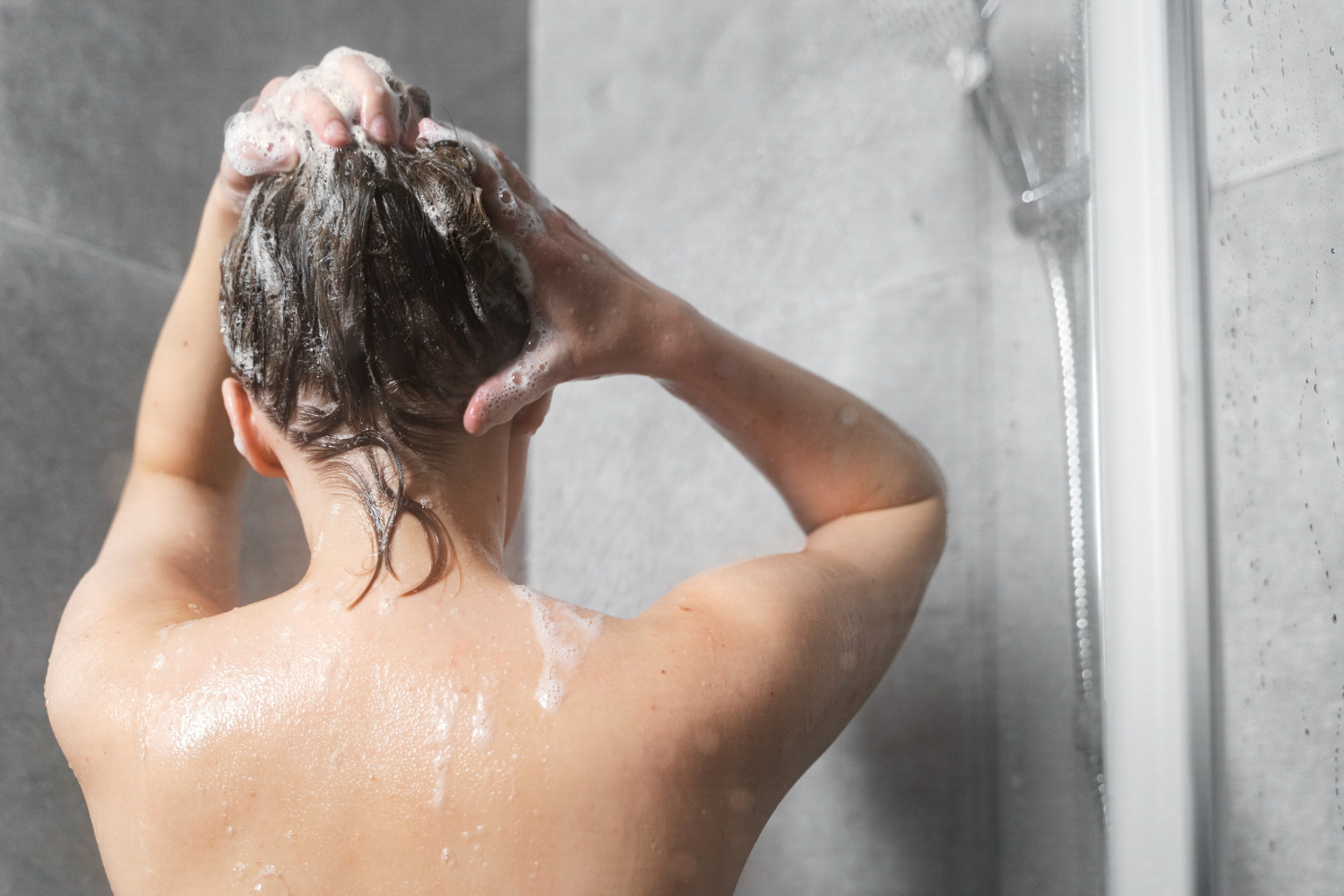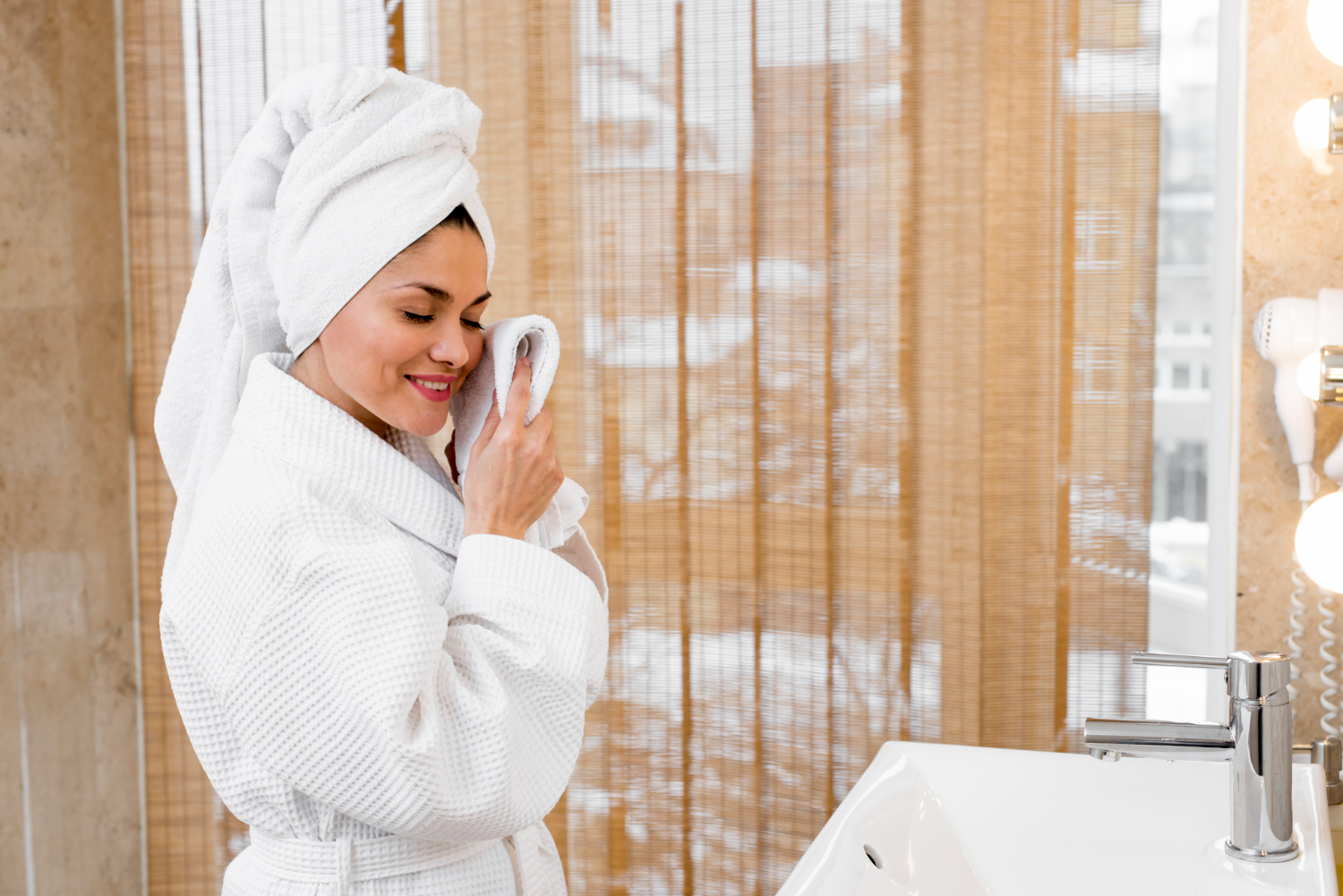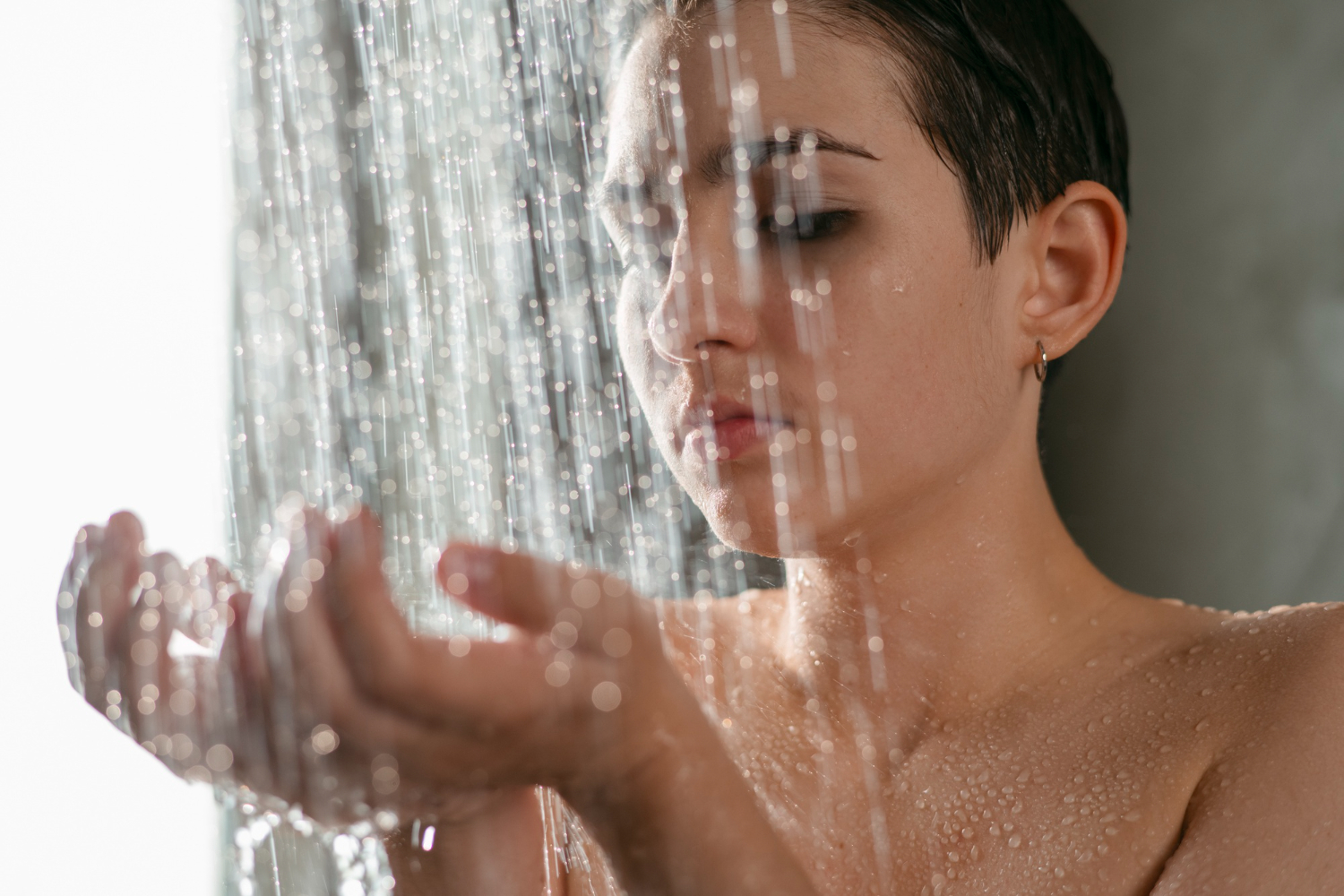
Ever wondered why some people swear by a cold shower after grinding through a tough workout? It’s not just about waking yourself up or some old wives’ tale about toughness; it’s grounded in science. When cold water hits your body, it does more than just cause an involuntary shiver. It triggers a cascade of physiological changes that can significantly impact your recovery and overall health. Let’s dive into why turning the dial to cold might be the game-changer your post-workout routine needs.
Cold Showers vs. Hot Showers: What’s the Deal?
At first glance, a hot shower seems like the perfect treat after a sweaty session. Hot water can soothe sore muscles and feels like a hug for your body. However, the benefits of braving the cold may outweigh the comfort of steam. Cold and hot showers each have their place in our routines, but for post-workout recovery, cold is gold.
The Science of Cold Water Immersion
Cold water immersion, or taking a cold shower, affects your body at a cellular level. Exposure to cold temperatures constricts blood vessels, reducing inflammation and the likelihood of muscle soreness or delayed onset muscle soreness (DOMS). This constriction also forces blood to rush to your internal organs, activating your sympathetic nervous system. The result? Enhanced blood circulation, a stimulated immune system, and an invigorated body ready for the next challenge.
Blood Flow and Muscle Recovery
Let’s get into the nitty-gritty. After a rigorous workout, your muscles are in a state of repair. Cold showers can accelerate this process. By temporarily reducing the diameter of blood vessels, cold water directs the flow of blood inwards. Once you’re out of the cold and your body starts to warm up, blood vessels dilate rapidly, enhancing blood flow to major muscle groups. This flushes out lactic acid and aids in muscle recovery.
Immune System and Cold Showers
Taking cold showers regularly can fortify your immune system. The shock from cold water increases white blood cell count and circulating levels of certain immune cells. This boost helps your body defend against illnesses, making cold showering a shield against sniffles and sneezes, especially important for those who push their limits with resistance training or intense workout sessions.
The Mental Clarity Boost
Ever felt the mental fog lift after a cold shower? That’s not just your imagination. The cold stimulates the nervous system, increases alertness, and can kick morning grogginess to the curb. The endorphin boost from an endorphin-boosting workout combined with cold exposure sharpens your mental clarity, preparing you for the day ahead with renewed focus.
Weight Loss and Cold Showers
Here’s something you might not have expected: cold showers can contribute to weight loss. The body expends energy to stay warm in response to cold, increasing your energy expenditure. Regular cold exposure, especially in combination with a consistent workout routine, can enhance fat-burning and support weight management goals.
Cold Showers and Cardiovascular Health
Taking a cold shower after a workout doesn’t just benefit your muscles; it’s a workout for your heart too. The process of warming up post-cold exposure can improve cardiovascular health, reducing the risk of high blood pressure and cardiovascular disease. This kind of natural cardiac stress strengthens the heart muscle, much like resistance training does for skeletal muscles.
Skin and Hair: The Beauty Benefits of Cold Showers

Beyond muscle recovery and mental clarity, cold showers can have cosmetic advantages. Cold water helps to tighten cuticles and pores, which can improve the texture of your skin and hair. It reduces the risk of acne by not stripping away the natural sebum layer as hot water does. Plus, a cold rinse can leave your hair looking shinier and your skin feeling refreshed.
How to Incorporate Cold Showers into Your Routine
Transitioning to cold showers might seem daunting, but it’s about gradual adaptation. Start by ending your regular shower with 30 seconds to a minute of cold water, gradually increasing the time as you become more comfortable. Aim for two to four sessions a week to begin with, observing how your body and mind respond.
The Myth of Cold Showers and Muscle Gains
Concerned that cold showers might interfere with muscle gains? Research suggests otherwise. While extremely low temperatures, like those in an ice bath or cryotherapy chamber, might temporarily reduce muscle growth, the moderate cold from a shower is unlikely to have a significant impact. Instead, the improved recovery and reduced muscle soreness can actually contribute to better performance and, potentially, greater gains over time.
Listening to Your Body: When to Opt for Warmth
While the benefits of cold showers are compelling, it’s essential to listen to your body. In some cases, like when dealing with certain injuries or feeling particularly fatigued, a warm shower or bath might be more beneficial. Warm water can soothe and relax tense muscles, providing immediate relief. The key is to strike a balance that suits your body’s needs, alternating between cold and warm water as necessary. This approach ensures you reap the benefits of both, optimizing your recovery and overall well-being.
Timing Your Post-Workout Cold Shower
The timing of your shower after a workout can also play a crucial role in maximizing its benefits. Immediately following your workout, your body is still in its recovery phase, making it the ideal time to introduce cold exposure. This helps in rapidly reducing inflammation and beginning the muscle recovery process sooner. However, if you’re incorporating a stretching or cool-down routine, it’s fine to delay your shower for a short period to complete these activities.
Customizing Your Cold Shower Experience
Not all cold showers have to be a teeth-chattering ordeal. Adjusting the temperature to cooler, rather than ice-cold, can still offer significant benefits without the shock factor. This is particularly useful for those new to cold showering or sensitive to cold temperatures. Over time, as your tolerance increases, you can gradually decrease the water temperature to explore your comfort and benefit threshold.
Cold Showering as Part of a Holistic Recovery Plan
It’s important to remember that while cold showers offer numerous benefits, they are just one component of a holistic post-workout recovery plan. Nutrition, hydration, adequate sleep, and active or passive recovery methods also play essential roles in helping your body repair and strengthen. Incorporating cold showers into a broader recovery strategy can amplify your results, enhancing both your physical and mental performance.
Frequently Asked Questions

Embarking on the journey of incorporating cold showers into your post-workout routine brings with it a flurry of questions and curiosities. How does immersing yourself in lower temperatures after a sweat session influence recovery? What impacts can you expect on your body temperature? This section aims to unravel these queries, providing clarity on why a cold splash might be the next best addition to your fitness regimen. From understanding the science behind the chill to practical tips on making the transition, let’s dive into the most pressing questions surrounding this invigorating practice.
Can cold showers replace ice baths?
While cold showers and ice baths share similar benefits, they serve different intensities of cold exposure. Ice baths offer more extreme temperatures and might be preferred by elite athletes for deeper muscle recovery. However, for most people, cold showers provide a practical and accessible alternative with a broad range of benefits.
How long should a post-workout cold shower last?
Aim for a duration of two to five minutes for optimal benefits. This timeframe is sufficient to stimulate the nervous system, enhance blood circulation, and kickstart the recovery process without causing undue stress on the body.
Are cold showers safe for everyone?
Individuals with certain medical conditions, such as high blood pressure or cardiovascular disease, should consult with a healthcare professional before incorporating cold showers into their routine. Pregnant women and those with respiratory issues should also seek medical advice.
Can cold showers help regulate body temperature after intense exercise?
Yes, cold showers can help bring down body temperature after intense exercise more quickly than at room temperature. This rapid cooling helps in faster recovery by reducing thermal stress on the body, which can be especially beneficial after a high-intensity workout.
How do cold showers impact the recovery process compared to room temperature showers?
Cold showers accelerate the recovery process by enhancing blood circulation, reducing muscle inflammation, and speeding up the removal of metabolic waste like lactic acid. In contrast, room temperature showers may not provide the same level of invigoration or recovery benefits, as they do not stimulate the body in the same way cold exposure does.
Are there any risks associated with taking cold showers for recovery?
While cold showers are generally safe for most people, individuals with certain health conditions, such as cardiovascular issues or asthma, should proceed with caution. The shock of cold water can cause a sudden increase in heart rate and blood pressure, which might not be advisable for everyone. It’s always best to consult with a healthcare professional if you have any concerns.
How quickly after a workout should I take a cold shower for optimal benefits?
For optimal benefits, it’s recommended to take a cold shower within 20 minutes after finishing your workout. This timeframe takes advantage of your elevated body temperature and blood flow, maximizing the recovery and cooling benefits.
Can adjusting the temperature during the shower offer more benefits?
Yes, starting with a lukewarm temperature and gradually transitioning to colder water can help your body adjust more comfortably, minimizing shock. This method also allows you to reap the benefits of cold exposure while reducing potential discomfort or risks, especially for those new to cold showers.
Is there a recommended duration for cold showers to maximize workout recovery?
A cold shower lasting between 2 to 5 minutes is generally considered effective for workout recovery. This duration is enough to stimulate the physiological responses beneficial for recovery without overstressing the body.
Can cold showers improve mental resilience or toughness?
Engaging regularly in cold showers can indeed improve mental resilience and toughness. The initial discomfort and challenge of cold exposure require a level of mental fortitude to overcome, which can build over time, improving your ability to handle stress and discomfort in other areas of life.
Do cold showers have any effect on sleep quality?
Taking cold showers can potentially improve sleep quality by lowering body temperature, a critical factor for initiating sleep. Additionally, the calming effect on the nervous system after the initial shock can help some individuals relax more deeply, contributing to better sleep.
The Takeaway
Taking a cold shower after your workout might be the missing link in your recovery process. From enhanced muscle recovery, improved immune function, to increased mental clarity and potential weight loss benefits, the advantages are as refreshing as the shower itself. Remember, it’s about finding the right balance and approach that works for you, listening to your body, and incorporating this practice as part of a comprehensive recovery plan. So next time you finish a workout, consider turning the dial to cold and embracing the chill for a healthier, more vibrant you.
